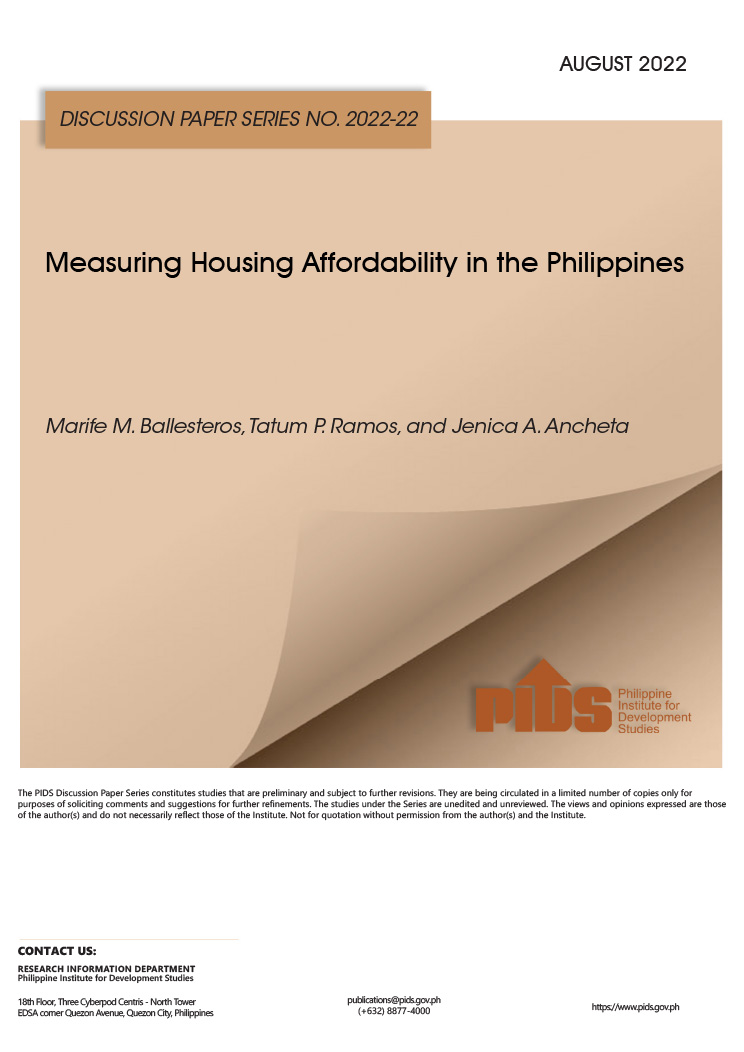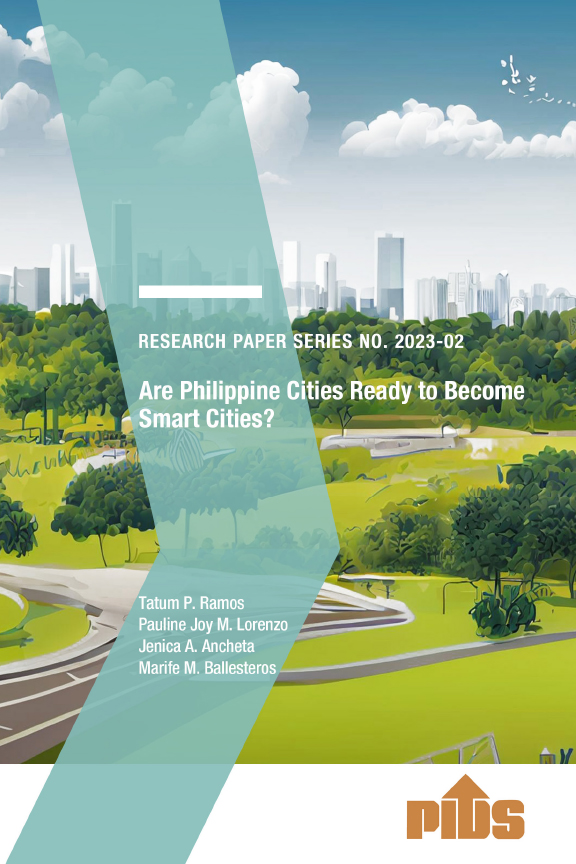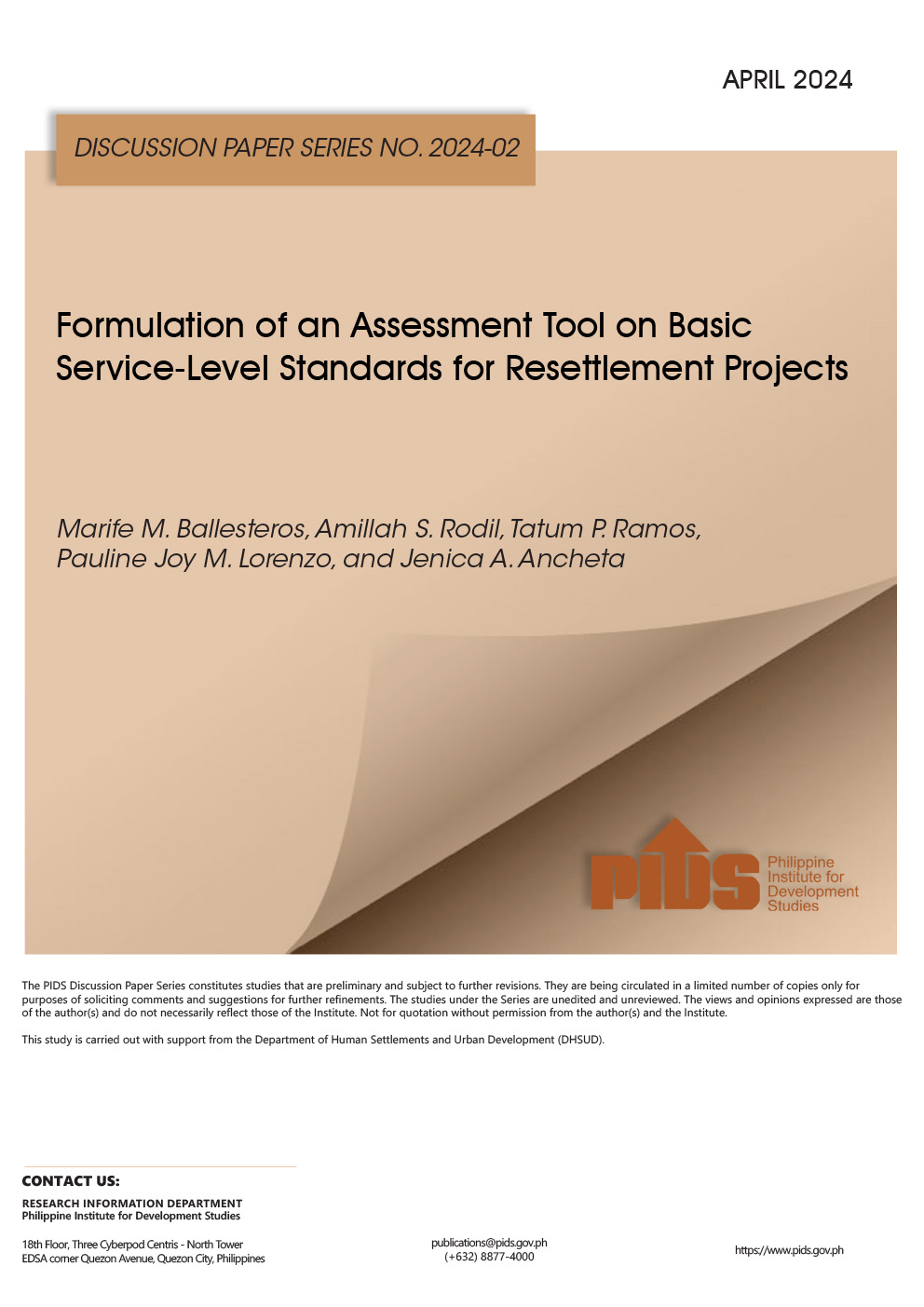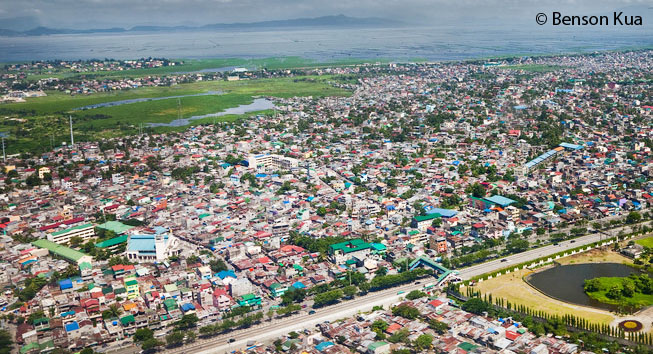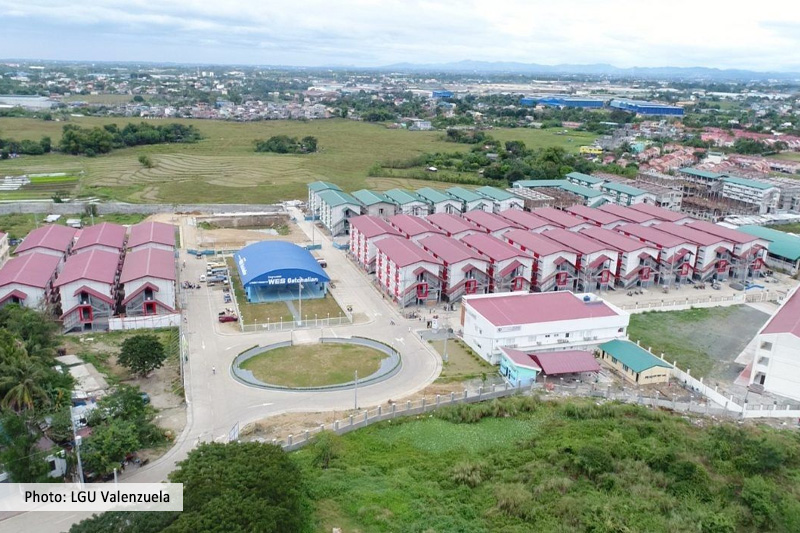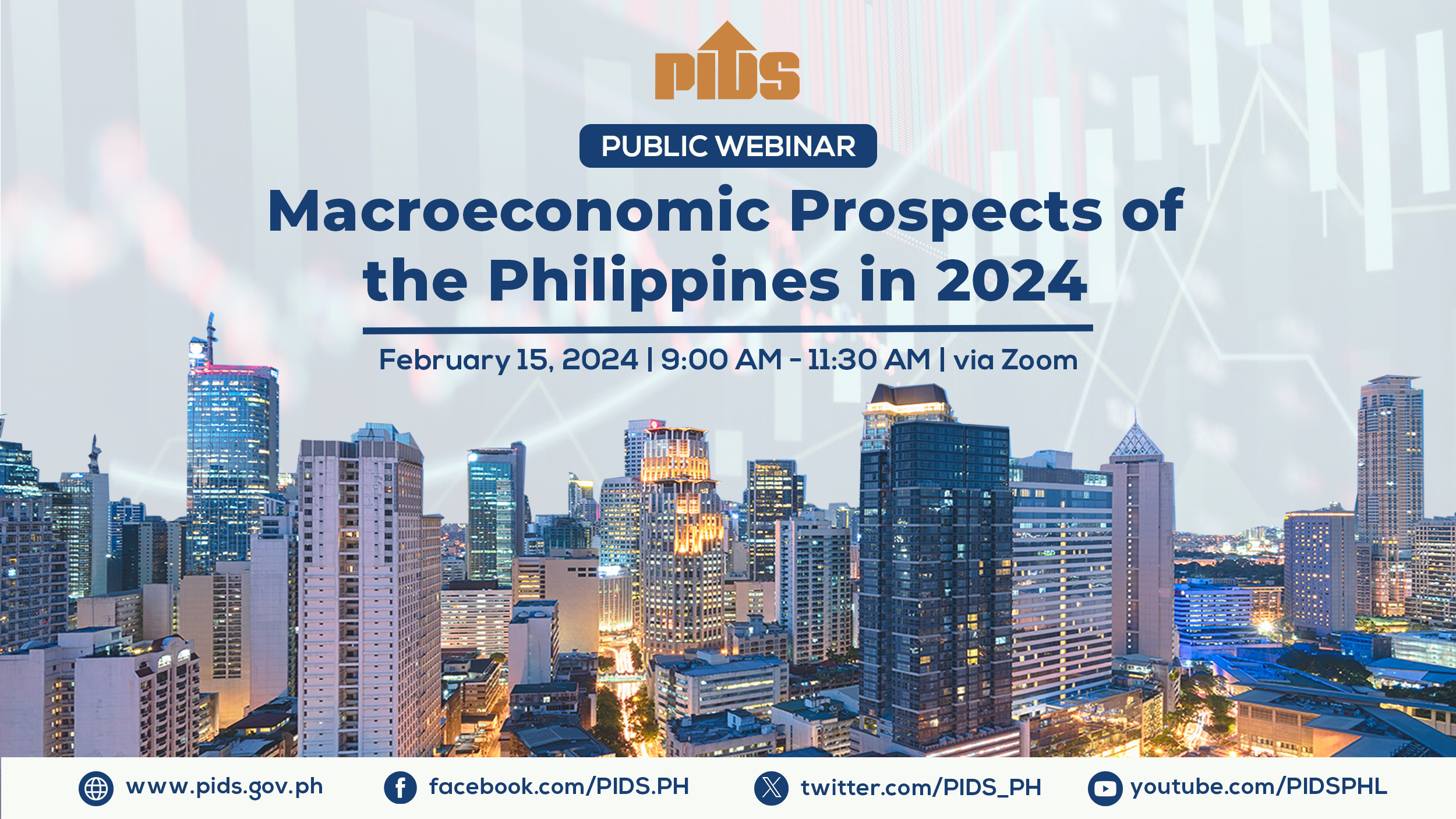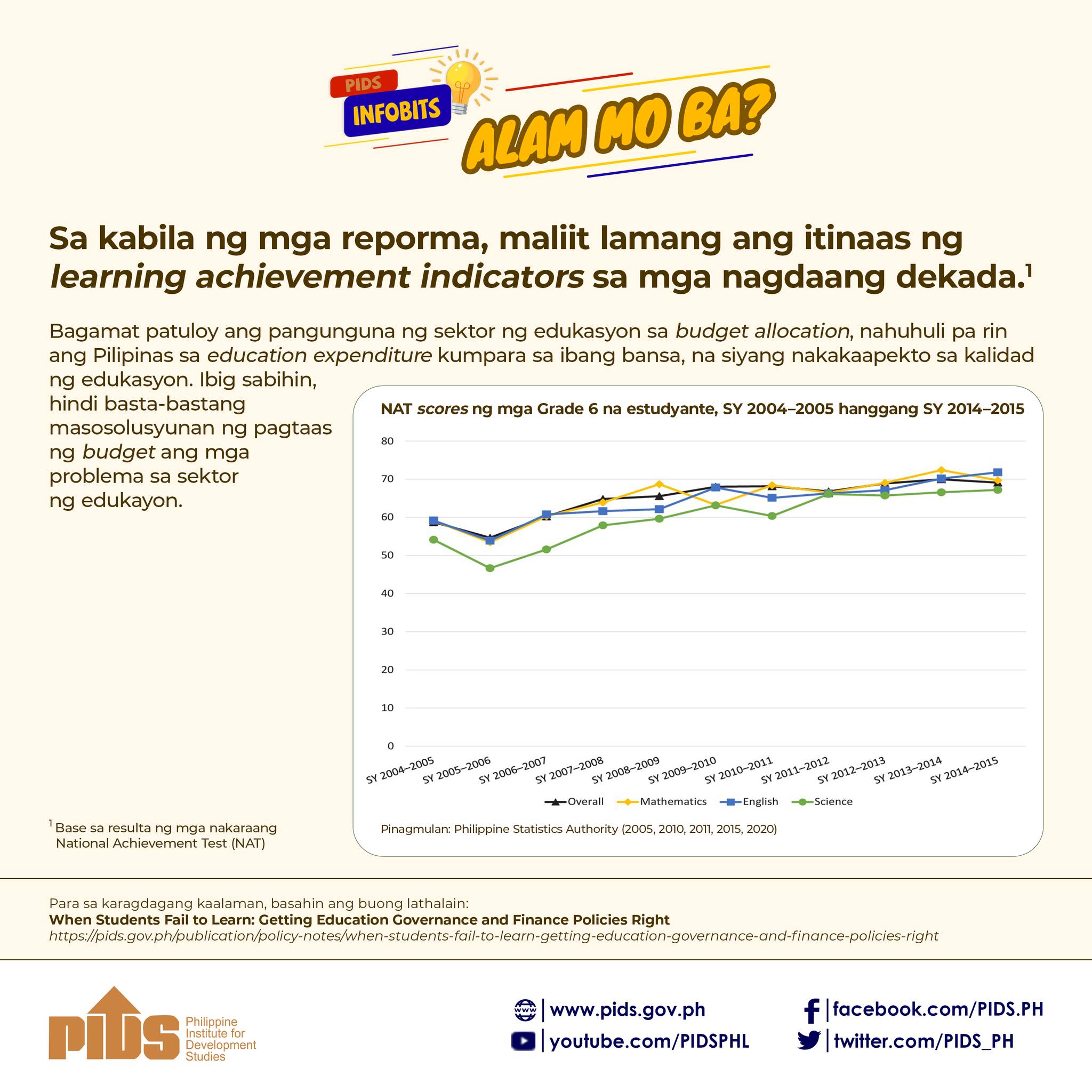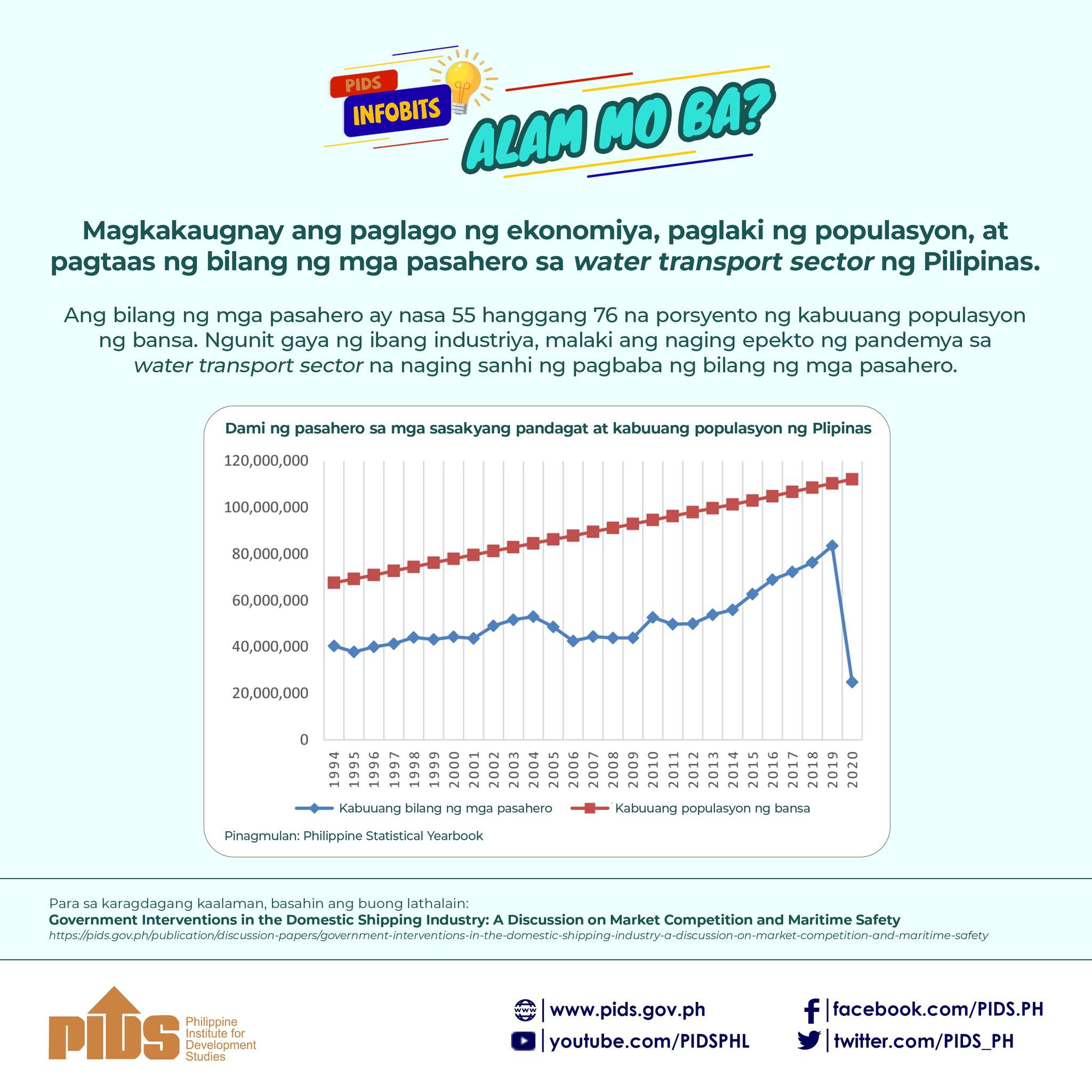From the beginning of mankind, the three basic necessities of human beings have always been listed as food, shelter and clothing.
If we relate shelter to the real estate sector, one can assert that even in the midst of the ongoing pandemic and after it is put under reasonable control (say, two years from now), real estate is and will continue to be a good investment at all economic levels of society.
For households that have monthly incomes ranging from P20,000 to P70,000 (classified as low-middle income and middle-middle income by economists from the Philippine Institute of Development Studies), there is an effective demand for low-cost and economic housing units that can range from P800,000 to P5 million per unit. These households constitute 36 percent of all households which in 2020 are estimated to number about 22 million. Thus, there are about 8 million households which are actual owners or potential buyers of low-cost and economic housing.
Studies done by housing economist Dr. Stan Padojinog estimate that about three million of these households still do not own their own housing units. This is the existing demand for low-cost and economic housing. Many of these households depend to a great extent on the foreign exchange remittances that they receive from their relatives who are overseas Filipino workers (OFWs). Even with the 600,000 displaced OFWs who have returned because of the pandemic, there continue to be close to 10 million abroad who are expected to send some $30 billion of remittances (down from $34 in 2019) in 2020.
Strong demand
That is why there continues to be a strong demand for low-cost and economic housing during the pandemic. OFW remittances are expected to bounce back quickly (V-shape recovery) after the pandemic is put under control worldwide. Thus, there will be sufficient incomes for many households in this category to satisfy their demand for low-cost and economic housing for some time to come. What is more, the Philippine population continues to grow at 1.6 percent annually, adding to housing demand.
For the more expensive units, detached or condominium, the market is made up of those households earning about P70,000 to P120,000 monthly. These belong to the upper-middle income households which constitute 4 percent of the total households or a total of about 4.4 million households. There are no estimates of how many of these households are actually homeowners. They have sufficient incomes to be able to acquire their own homes or to invest in the more expensive units to rent them out.
The demand for these units is expected to slow down because a good number of the heads of these households have suffered from business failures or from being laid off in such sectors as travel and tourism, retailing, media and entertainment and other sectors hard hit by the pandemic. I expect the market for expensive housing units (P10 million or more) to weaken during the pandemic and about two years after the pandemic.
One exception I perceive is the strong market for condominium units catering to parents who have children studying in universities like De La Salle, Ateneo, University of Santo Tomas and University of the Philippines who want to provide their children with dormitories physically close to their campuses. The demand for these alternative homes for the children of the well-to-do will continue even if blended learning will be part of the new normal. These units are always a good investment because there will always be upper-middle income families with students in these universities.
Expansion in outsourcing
There is also the demand from workers in the IT-business process outsourcing (BPO) sector that will definitely benefit from the expansion of digitalization and e-commerce worldwide and domestically. Even during the pandemic, some of the IT-BPO companies were expanding. A good number of them were creative in preventing a significant slowdown in their business by housing their workers in the empty hotels close to their sites.
Although there is an expected slowdown in the business of the Philippine offshore gaming operators (Pogos), part of the slack in the demand for office space will be filled by the expansion in the IT-BPO sector especially in the post-pandemic era. As corporations in the United States and Europe struggle to recover from the effects of the pandemic, many of them will actually be motivated to outsource more of their customer and business services to countries like India and the Philippines. This will keep demand for office space, especially in new metropolitan areas in the Philippines like Batangas, Central Luzon (especially the so-called Pampanga triangle of San Fernando, Angeles and Clark-Subic), Iloilo, Davao, Cagayan de Oro and even smaller cities like Bacolod, Dumaguete, Puerto Princesa, Laoag and Roxas City, which are beginning to attract IT-BPO locators.
The trend of working at home—which may continue even after the pandemic—will not dampen the demand for office space. Among other reasons, more space will be needed by those who actually report to the office because of the continuing need for physical distancing. Also, there are already reports about the toxic effects of working at home which put a lot of pressure on peace and harmony at home. There are just too many distractions at home, especially since children have to increasingly get used to blended learning even when face-to-face classroom instruction will already be permitted. In the US, there are already reports of increased domestic violence because of the toxic effects of working at home.
The real estate segment that will experience a significant contraction in demand will be retailing. It will take a long time before Filipino consumers will recover their habit of going to malls and dining out in restaurants. The COVID-19 threat will be around even if a vaccine is discovered and widely distributed.
The same can be said of real estate related to the travel and tourism sector. Domestic tourism will be the first to recover but domestic tourists will prefer to stay not in high-end hotels, but in bed and breakfast facilities especially in the major tourism destinations like Palawan, Bohol, Siargao, La Union, Batangas, etc.
Attractive investment
Even in an economy such as the Philippines in which domestic consumption of goods and services is the number one engine of growth, the real estate sector is still a major contributor to both employment and income growth. Except for the segments that will experience a slowdown, the Philippine real estate sector will be, for the next decade or so, an attractive choice for investment by both domestic and foreign investors.
The fundamental reasons for such a bullish outlook for the real estate sector are the young and growing population, the transition of the Philippines from a low-middle income economy to a high-middle income one, and the expansion of economic activities away from the National Capital Region to other alternative metropolitan areas that even before the pandemic had already been growing faster in terms of gross regional product than Metro Manila.

